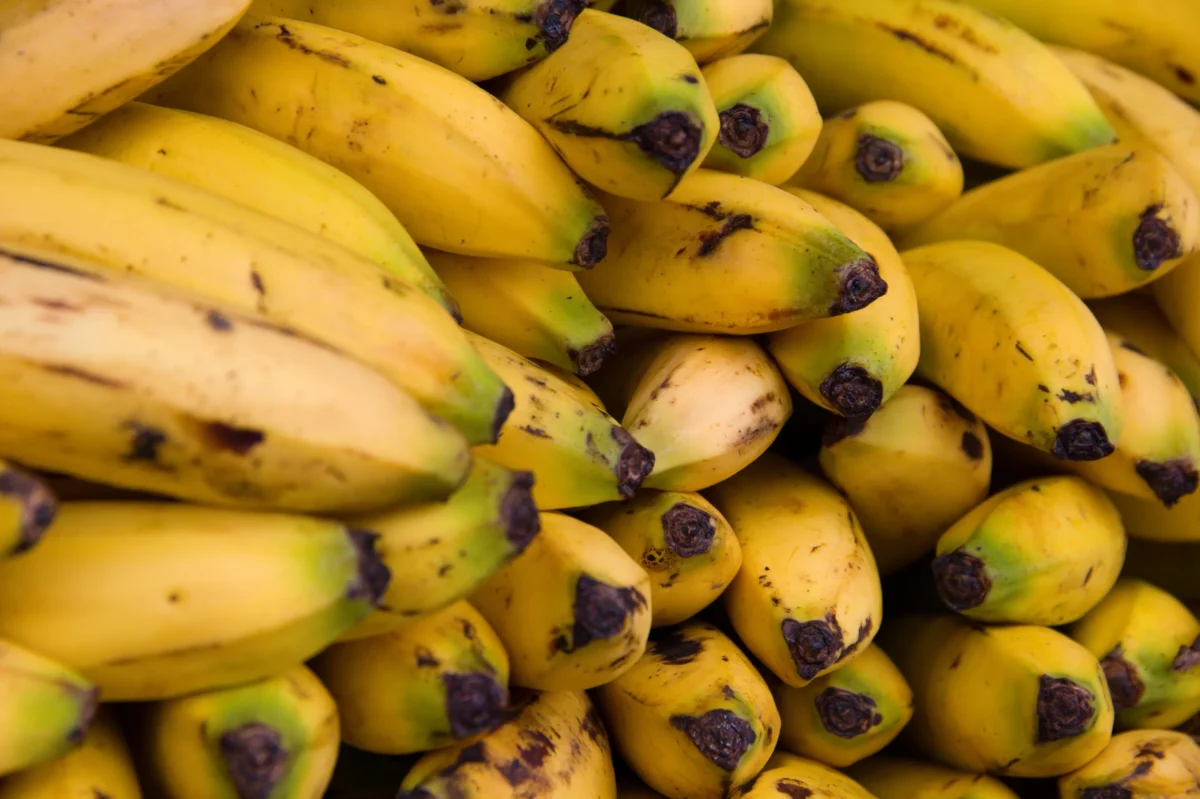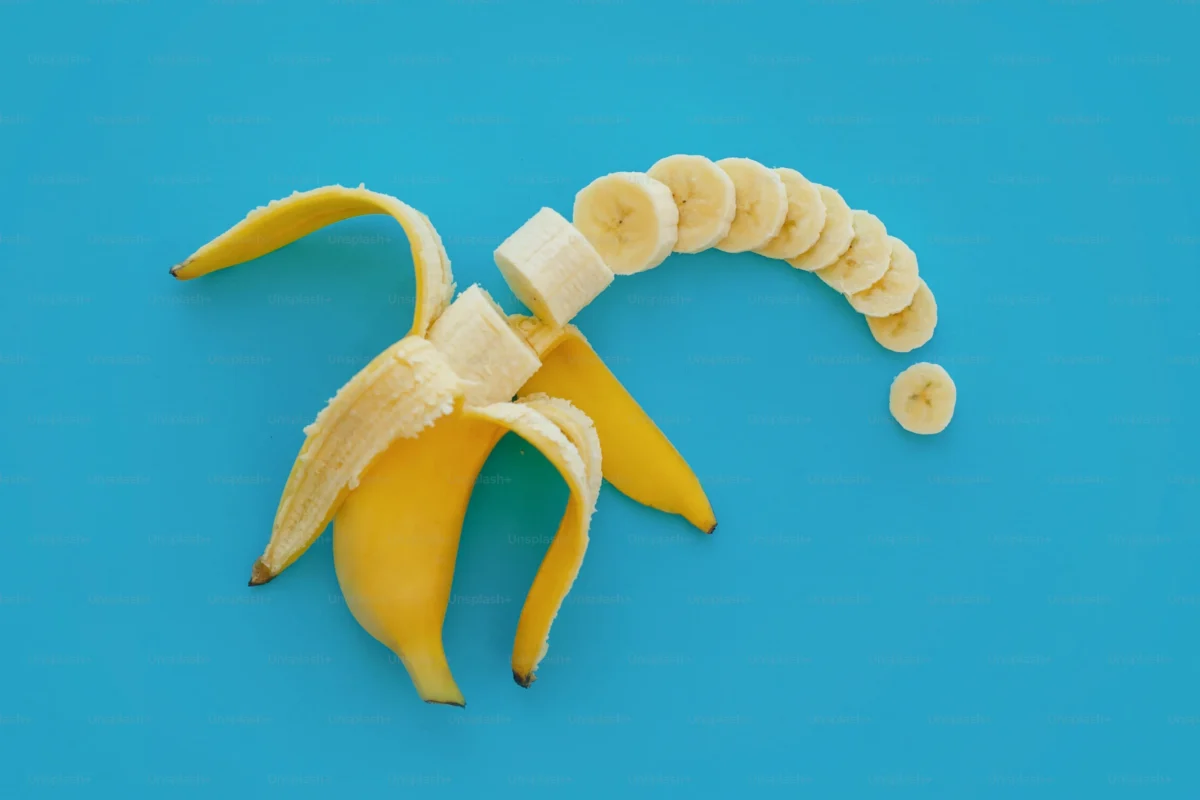The Science Behind Why Some Bananas Won’t Ripen: Exploring the Factors and Solutions
Bananas are one of the most popular fruits in the world, but have you ever wondered why some bananas just won’t seem to ripen? The process of ripening may seem simple, yet it’s remarkably complex. In this article, we’ll delve into the science behind what causes bananas to ripen, why some remain stubbornly green, and what external factors can affect the ripening process. We’ll also explore ways to speed up the ripening process, and factors that may indicate a banana will never fully ripen. Keep reading to learn more about the mysteries of the banana.
What causes bananas to ripen?
Bananas, like many fruits, ripen due to a natural process called ethylene production. Ethylene is a gas that is released by the fruit as it matures and causes various physiological changes in the banana.
As the banana ripens, its flesh softens and turns yellow. This is due to the breakdown of starch into sugar, which gives the fruit its characteristic sweet taste. The peel also becomes thinner and more pliable as it ages.

Factors such as temperature and humidity can also affect how quickly bananas ripen. Warmer temperatures accelerate the production of ethylene gas, while cooler temperatures slow it down. High humidity levels can cause bananas to spoil faster, while lower humidity can cause them to dry out.
Interestingly, bananas can also be artificially ripened using techniques such as exposure to ethylene gas or heat treatment. This allows for greater control over when the fruit will be ready for consumption.
Overall, understanding what causes bananas to ripen is important for both growers and consumers alike. By monitoring factors such as temperature and humidity levels, growers can ensure that their crops are harvested at optimal times for maximum flavor and shelf life. And by understanding how artificial ripening works, consumers can make informed decisions about when they want their bananas ripe enough for eating or baking purposes!
Why do some bananas not ripen?
Bananas are one of the most popular fruits in the world, loved for their sweet taste and convenient packaging. However, not all bananas ripen at the same rate, leaving many wondering why some bananas remain green while others turn yellow and brown.
The answer lies in a hormone called ethylene. Ethylene is a naturally occurring gas that triggers the ripening process in fruits like bananas. As bananas ripen, they produce more ethylene which speeds up the process even further.
However, some bananas may not produce enough ethylene to fully ripen or they may have been picked too early before they had a chance to develop enough of it. Other factors such as temperature and humidity can also affect how quickly or slowly a banana ripens.
Interestingly enough, there are ways to artificially induce banana ripening by exposing them to external sources of ethylene such as other ripe fruits or even using an ethylene gas generator.
In conclusion, while it may be frustrating when your favorite bunch of bananas doesn’t seem to be getting any riper, there are scientific explanations for this phenomenon. By understanding how hormones like ethylene play a role in fruit maturation, we can better appreciate and enjoy these delicious treats that nature has provided us with.
External factors that may affect the ripening process of bananas.
The ripening process of bananas is influenced by a multitude of external factors, including temperature, humidity, ethylene gas production, and exposure to light. Each of these elements can have a significant impact on how quickly or slowly bananas will ripen and ultimately spoil.
Temperature plays a critical role in banana ripening. Bananas are tropical fruits that thrive in warm climates, so they require relatively high temperatures to mature properly. However, if the temperature gets too hot (above 85 degrees Fahrenheit), the bananas may overripen and become mushy.

Humidity also affects banana ripening since it can cause mold growth or dehydration that leads to premature spoiling. The ideal humidity range for bananas is between 90% and 95%, which helps keep them fresh while allowing them to continue ripening at an optimal rate.
Ethylene gas production is another crucial factor in banana maturation. Ethylene is a natural plant hormone that triggers fruit development and causes it to produce more ethylene as it matures. This cycle continues until the fruit reaches its peak ripe stage when the levels of ethylene gas begin to decline.
Finally, exposure to light can also affect the banana’s maturation process since it can stimulate increased production of ethylene gas if exposed for long periods. Thus storing your bananas in cool dark places with proper ventilation should help prevent premature spoiling due to overexposure.
By understanding these external factors affecting banana ripening processes you’ll be able better maintain their quality and freshness during storage!
How can I speed up the ripening process of bananas?
Bananas are a delicious and nutritious fruit that many people enjoy, but sometimes they can take too long to ripen. Fortunately, there are several ways to speed up the ripening process of bananas.
One method is to place the bananas in a brown paper bag with an apple or tomato. This works because these fruits release ethylene gas, which triggers the ripening process in bananas. Another option is to wrap the bananas in aluminum foil and place them in a warm spot, like near a sunny window or on top of the refrigerator.

« banana vs mango for weight loss
why do they call johnny bananas bananas »
For those who prefer a more hands-on approach, gently squeezing or massaging the banana can also help accelerate its ripening. This helps break down cell walls and release natural enzymes that promote fruit maturation.
It’s important to note that not all bananas will ripen at the same rate – some may take longer than others depending on factors like temperature and humidity. But with these tips and tricks, anyone can enjoy perfectly ripe bananas without having to wait too long.
Factors that may indicate a banana will not ripen.
Bananas are a popular, delicious fruit enjoyed by many. However, it can be frustrating when they don’t ripen as expected. There are several factors that may indicate a banana will not ripen properly.
Firstly, if the skin is overly green and shows no signs of yellowing, it may be an indication that the banana was picked prematurely and will not fully ripen. Similarly, if the stem is still attached to the fruit or appears dry and blackened, this can also be a sign that the banana won’t reach its full potential.
Additionally, bananas that have been exposed to extreme temperatures during transportation or storage may also fail to ripen properly. If a banana has been frozen or stored in excessively high heat for too long, it can lead to discoloration and an unappetizing texture.
It’s important to note that while certain factors may indicate a banana won’t ripen well, there are still ways to salvage them for consumption. For example, baking unripe bananas in recipes like breads or muffins can help bring out their sweetness and flavor.
By understanding these factors and learning how to work with unripe bananas in creative ways, readers looking to learn more about this popular fruit can make sure they get maximum enjoyment out of every bunch they purchase.
Check out our other articles to find out even more about banana.
In conclusion, it is important to understand why some bananas do not ripen. It could be due to the presence of an inhibitor or other internal factors such as genetic makeup, variety or size that can cause a banana to remain unripe. If you’re looking for more information on this incredible fruit, be sure check out our other articles to find out even more about banana!

:max_bytes(150000):strip_icc()/Hero-ver3-157efdd7f80f4fdfafb8c8df7ab47979.jpg)















